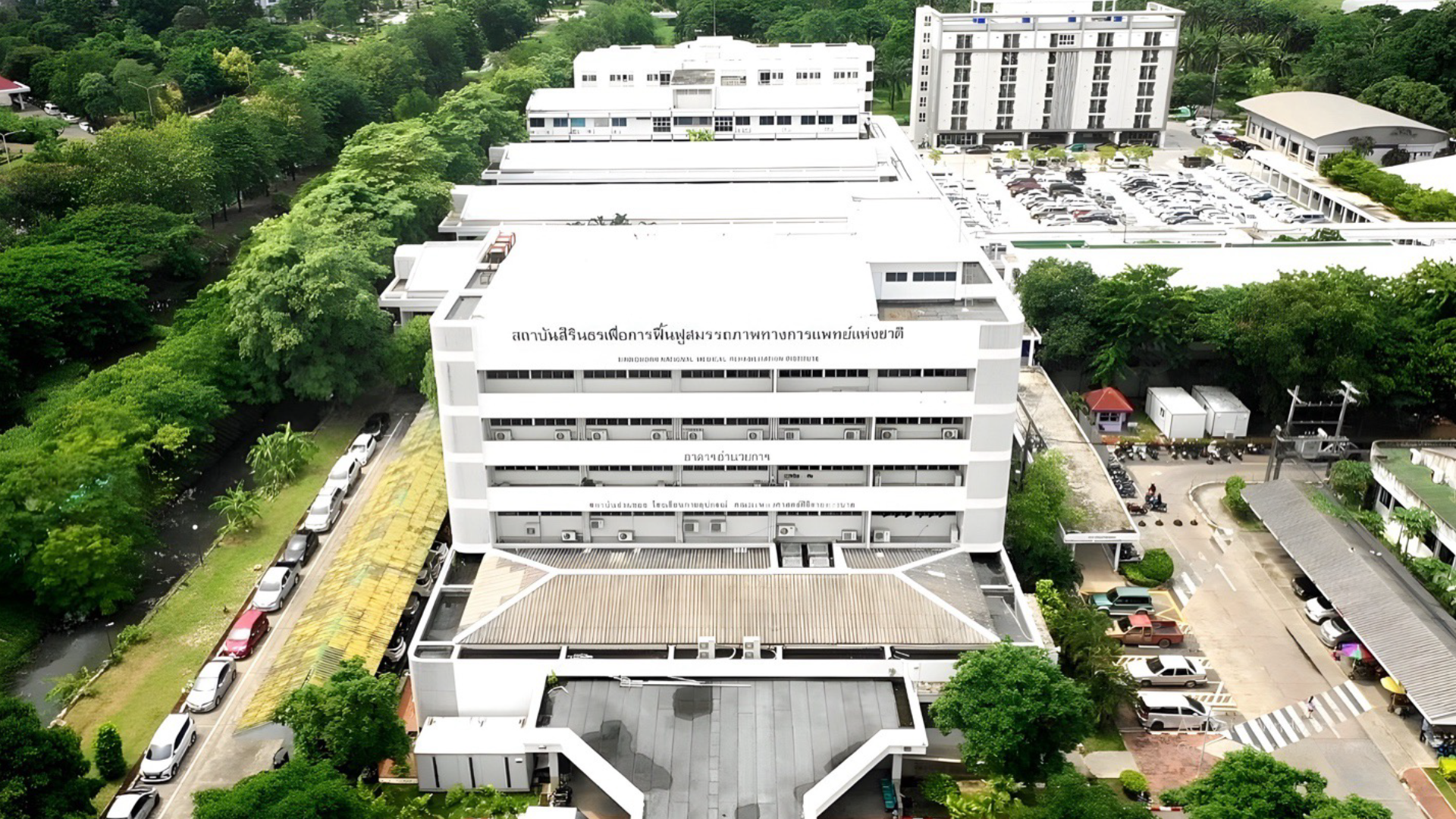ArokaGO News
•May 22, 2024
The Hidden Danger of Congenital Hip Dysplasia and the Importance of Early Detection
The Department of Medical Services, through the Queen Sirikit National Institute of Child Health, emphasizes the critical need for parents to vigilantly monitor their infants from birth for any signs of congenital hip dysplasia. This condition can be subtle and often goes unnoticed until the child starts walking. Parents should look for symptoms such as uneven legs, limited leg movement, or abnormal walking patterns like limping, slow walking, a wobbling body, noticeable buttocks, and a heavily arched back. These could indicate a hidden hip dislocation.
The ArokaGO Reporter
May 22, 2024

The Department of Medical Services, through the Queen Sirikit National Institute of Child Health, emphasizes the critical need for parents to vigilantly monitor their infants from birth for any signs of congenital hip dysplasia. This condition can be subtle and often goes unnoticed until the child starts walking. Parents should look for symptoms such as uneven legs, limited leg movement, or abnormal walking patterns like limping, slow walking, a wobbling body, noticeable buttocks, and a heavily arched back. These could indicate a hidden hip dislocation.
Dr. Sakarn Bunnag, Deputy Director-General of the Department of Medical Services, explains that congenital hip dysplasia may occur without obvious signs initially, especially in non-walking infants. It is often only observable when the child begins to walk. This condition is particularly prevalent in infants born in the breech position. Early detection is crucial as prolonged undiagnosed dislocation can lead to permanent damage, resulting in difficulty walking and future pain.
Dr. Akarathan Jitnuyanont, Director of the Queen Sirikit National Institute of Child Health, states that while the exact cause of congenital hip dysplasia remains undetermined, the condition affects approximately one in every 1,000 newborns. Diagnosis is challenging due to the hip joint's deep location, surrounded by layers of muscle, making early signs difficult to detect. He stresses the importance of consulting a specialist immediately after birth, especially for children born in a breech position.
Dr. Verasak Thamkunanon, Head of Orthopedic & Spine Surgery, outlines the treatment guidelines for congenital hip dislocation. He emphasizes that the earlier the condition is diagnosed, the simpler the treatment. In early stages, non-surgical methods such as using a leg spreader can often reposition the hip. However, if the condition is allowed to progress, surgical intervention may become necessary. Surgery involves removing any obstructive tissue and possibly adjusting the hip socket and hip head to ensure stability before using a leg spreader for 2 to 3 months post-surgery.

Post-surgery, the recovery process includes wearing a leg brace for several months, which could interfere with a child’s walking development. Managing pain and preventing complications are paramount, with effective pain control measures and rigorous post-operative care essential to ensure a successful recovery. The success rate of surgery is significantly higher in children younger than 5-6 years, with older children facing a higher risk of complications.
Parents are urged to be vigilant and proactive in observing their children for any signs of hip dysplasia from an early age. Early diagnosis and treatment can prevent long-term disabilities and improve quality of life for affected children.
For more detailed information, you can visit the source here: https://www.dms.go.th.

Sirindhorn National Medical Rehabilitation Institute Launches Occupational Therapy Intensive Clinic
May 22, 2024

Thai Medical Team Praised Globally for Expertise in Assisting Singapore Airlines Turbulence Victims
May 23, 2024